 Some days we crave for something very simple yet something that is very comforting – I am sure you will agree! For me one of those comfort foods is this curry – something that transports me back in time where I am just enjoying a simple afternoon lunch with plain rice, kumbalanga curry, some plain payaaru(red lentils) accompanied by some spicy lime pickle and pappadum on the side. I often wonder why my comfort foods are always such simple foods. I am yet to find a definitive answer but I think it is so mainly because the simple, uncomplicated recipes with the right combination of ingredients is what truly brings a distinctive flavor to a dish. And that is something that is often challenging to achieve in a complicated multi-ingredient recipe.
Some days we crave for something very simple yet something that is very comforting – I am sure you will agree! For me one of those comfort foods is this curry – something that transports me back in time where I am just enjoying a simple afternoon lunch with plain rice, kumbalanga curry, some plain payaaru(red lentils) accompanied by some spicy lime pickle and pappadum on the side. I often wonder why my comfort foods are always such simple foods. I am yet to find a definitive answer but I think it is so mainly because the simple, uncomplicated recipes with the right combination of ingredients is what truly brings a distinctive flavor to a dish. And that is something that is often challenging to achieve in a complicated multi-ingredient recipe.
Anyways, so one of my favorite comfort foods is ‘kumbalanga curry’. This is a typical Kerala vegetable side dish which is one among the numerous vegetable sides served in a traditional kerala sadya(feast). Now a little description on ‘Kumbalanga’- This is called as ash gourd or winter melon in english and is well utilized in Chinese as well as Indian cuisine. It has a hard, green skin on the outside but is very soft and white on the inside with the center portion filled with seeds and pulp (very similar to pumpkin). You can get a more detailed description of this vegetable here: http://en.wikipedia.org/wiki/Winter_melon
As I said before this is a very simple recipe and uses very few ingredients. the main ingredients are coconut milk , coconut oil, mustard seeds and curry leaves!
Ingredients: 3 cups Ash gourd/Winter melon (Kumbalanga) skin removed and cut into small about 1/2 inch pieces 4 small green chillies, cut length-wise, (Use less if you don't want heat) 3/4 cup water 1 3/4 cup coconut milk* - freshly extracted using grated coconut(see below) or canned coconut milk 1/2 tsp salt or per taste 2 tsp coconut oil 1 tsp mustard seeds 2 dry red chillies, each split into two 4-5 fresh curry leaves
Method:
Remove the skin of the kumbalanga and chop into pieces.
Take a medium size cooking pot and add the kumbalanga pieces in it along with the green chillies, salt and water. Cover with a lid and cook on medium to low flame for about 5-6 minutes until the kumbalanga pieces are cooked and there is little water left. (You may want to check frequently to see if the kumbalanga pieces have turned soft since we do not want to over cook them as they will turn pulpy). Turn the heat off and set aside.
Extract the coconut milk (if you are using home-made) as shown below. Take about 1 and 3/4 cup of the milk and add to the pot with the cooked kumbalanga. Again start the heat back on and cook on low heat for about 2 minutes or until you see a couple bubbles in the coconut milk mixture. Immediately turn heat off and set aside.
For the final tadka (oil tempering or garnish), take a small pan or skillet and heat the coconut oil in it. When hot, add the mustard seeds and once they start spluttering , turn heat to low and add the dry red chilly pieces and the curry leaves. Saute on low for about 1 minute more and turn heat off. Add this oil garnish over the cooked pumpkin and coconut milk mixture.
That’s it really! Done. Enjoy with plain white rice and pickle on the side.
*For the coconut milk extraction:
Take 1 heaped cup of freshly grated coconut (or fresh frozen grated coconut that has been thawed and is at room temperature)
Blend this coconut with 1 cup of warm water and strain through a strainer. Again blend the strained extract using another 3/4 cup of warm water to get about 1 and 3/4 cup coconut milk.
Notes:
Make sure you do not overcook the kumbalanga pieces and make sure there is not much water in the pot before you add the coconut milk so that you get the desired thick consistency of the curry.
There is another variation of this dish, which is mostly similar to this but also additionally uses yoghurt and is called kumbalanga pachadi.

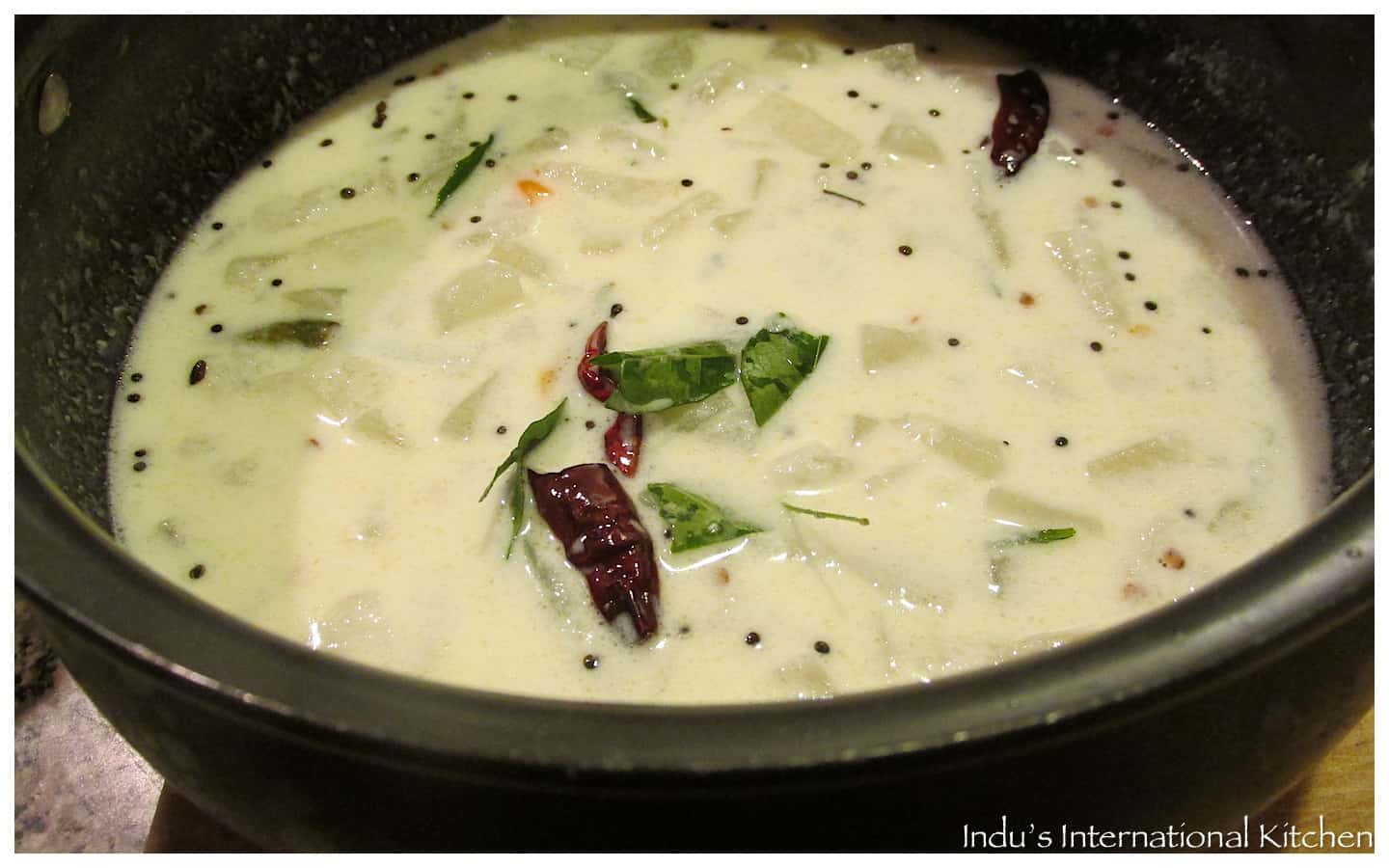







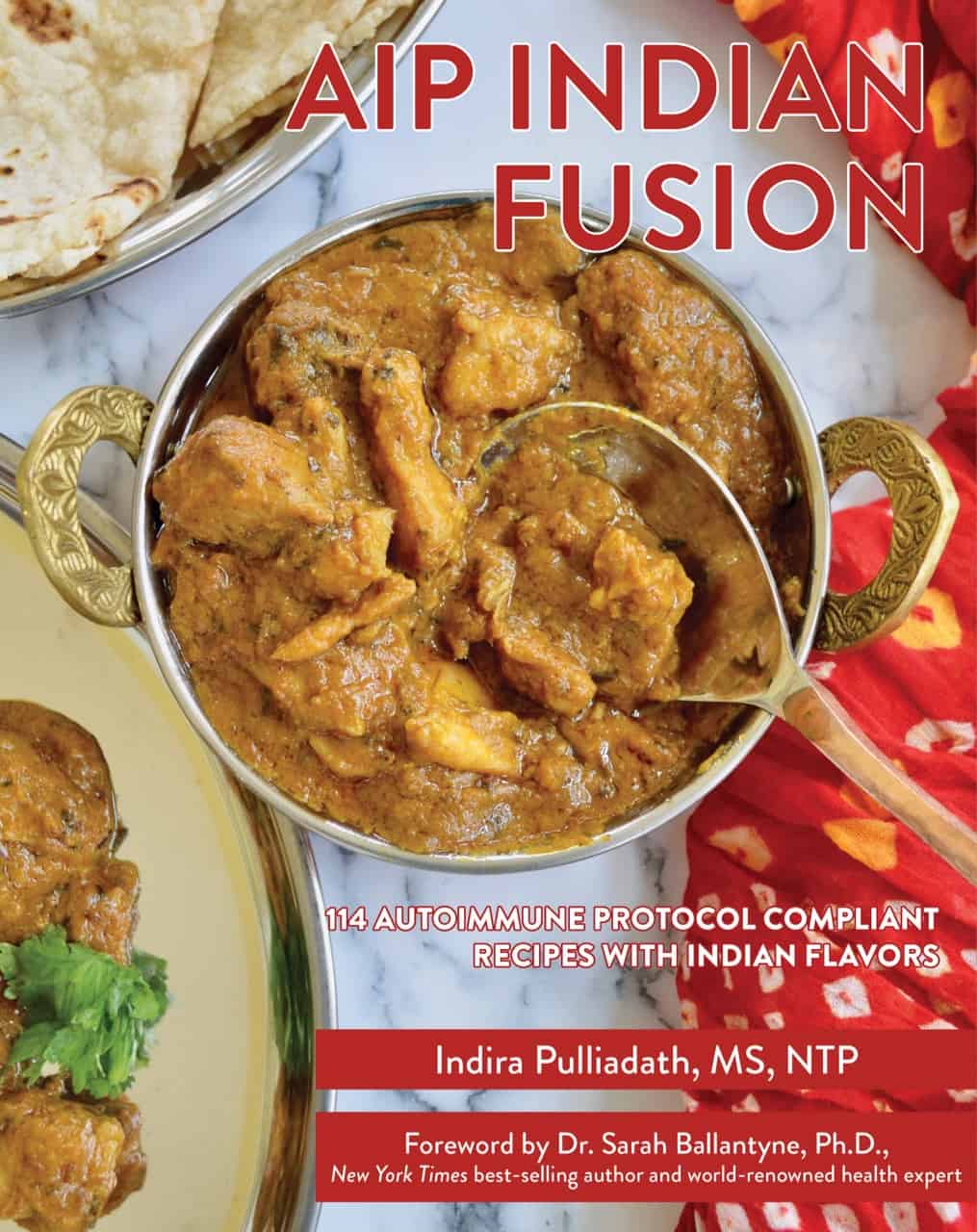
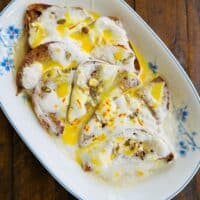
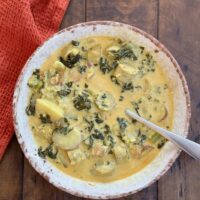

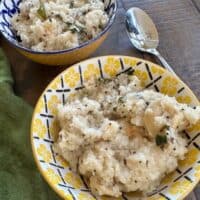

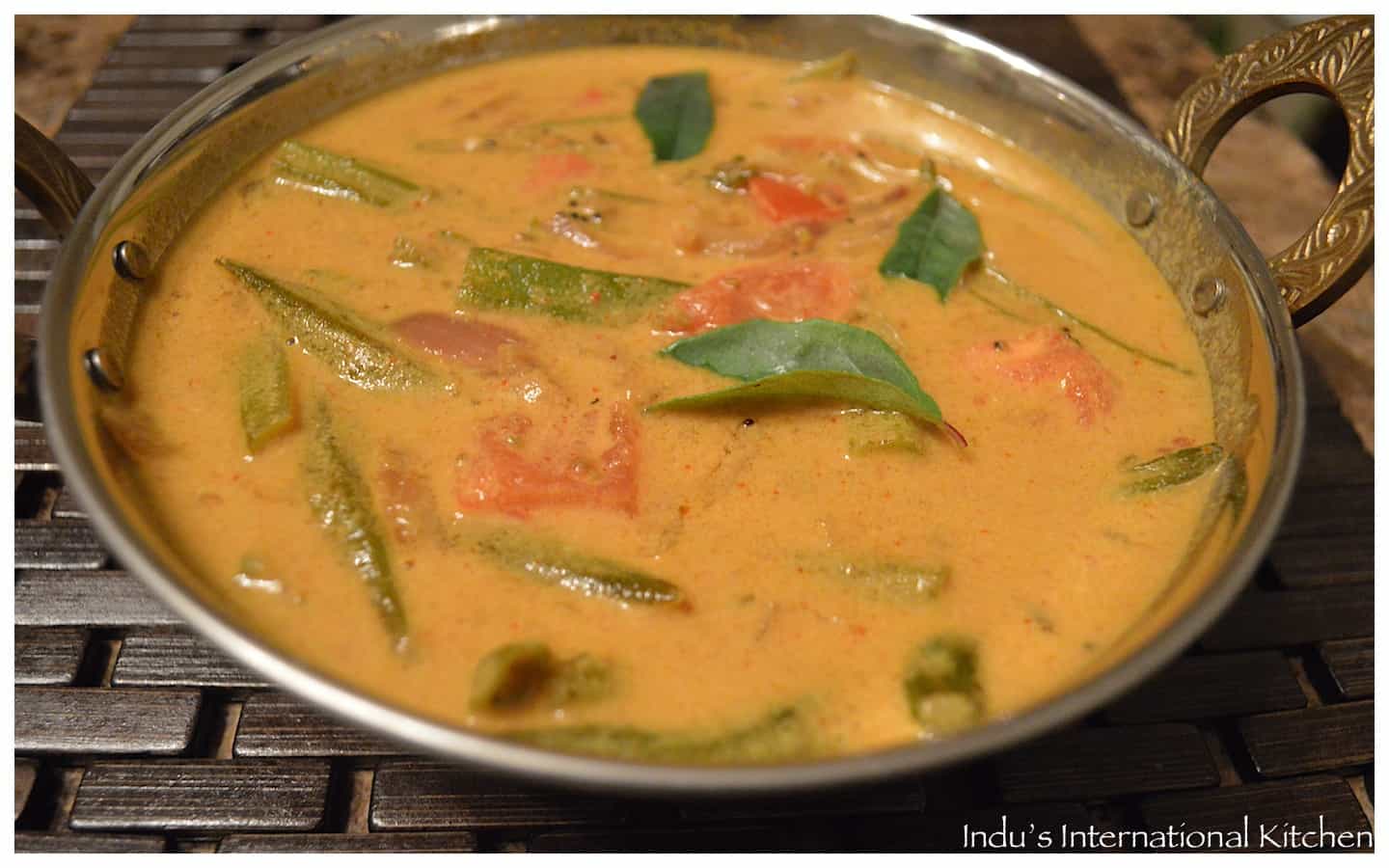

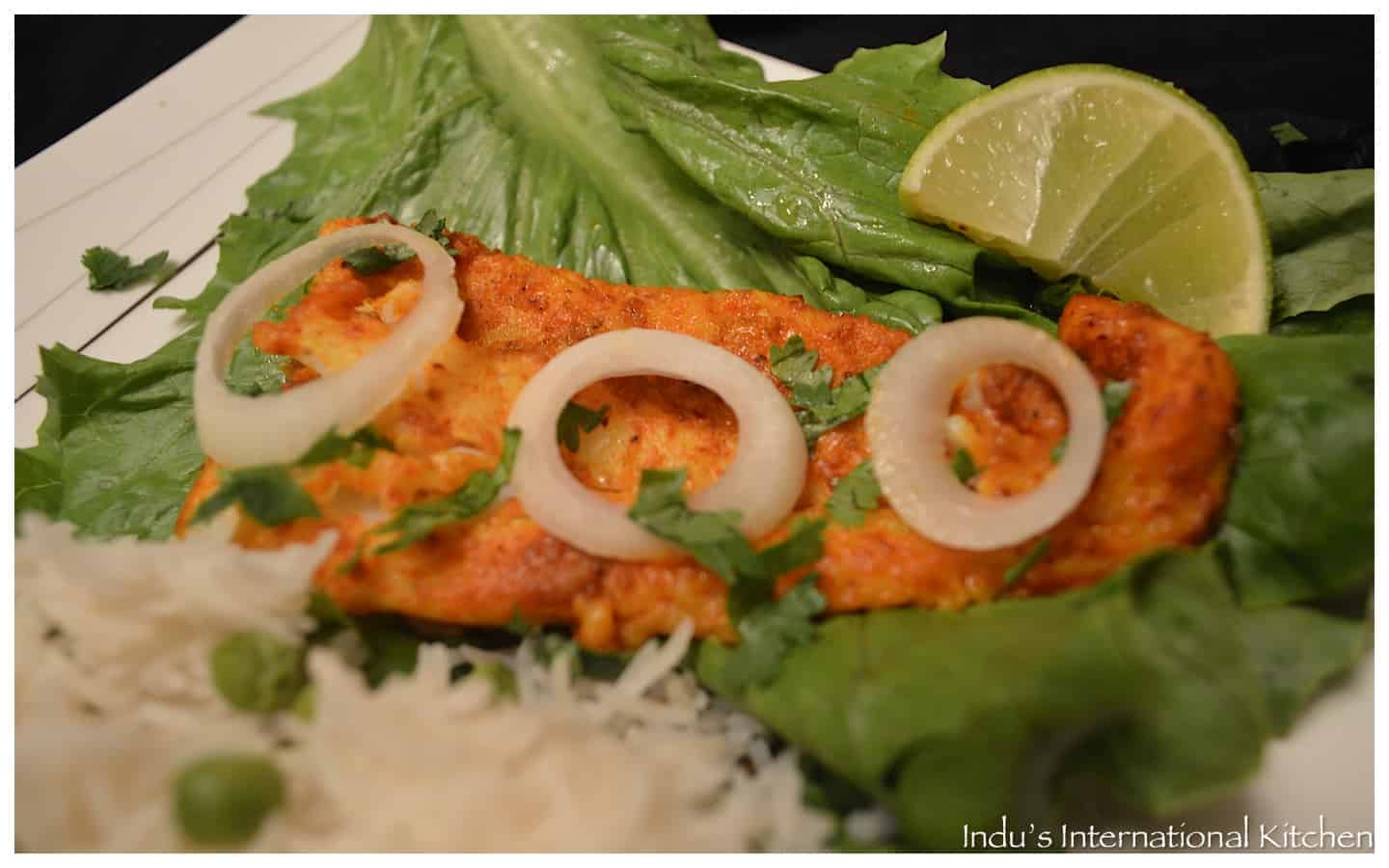

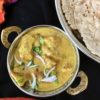
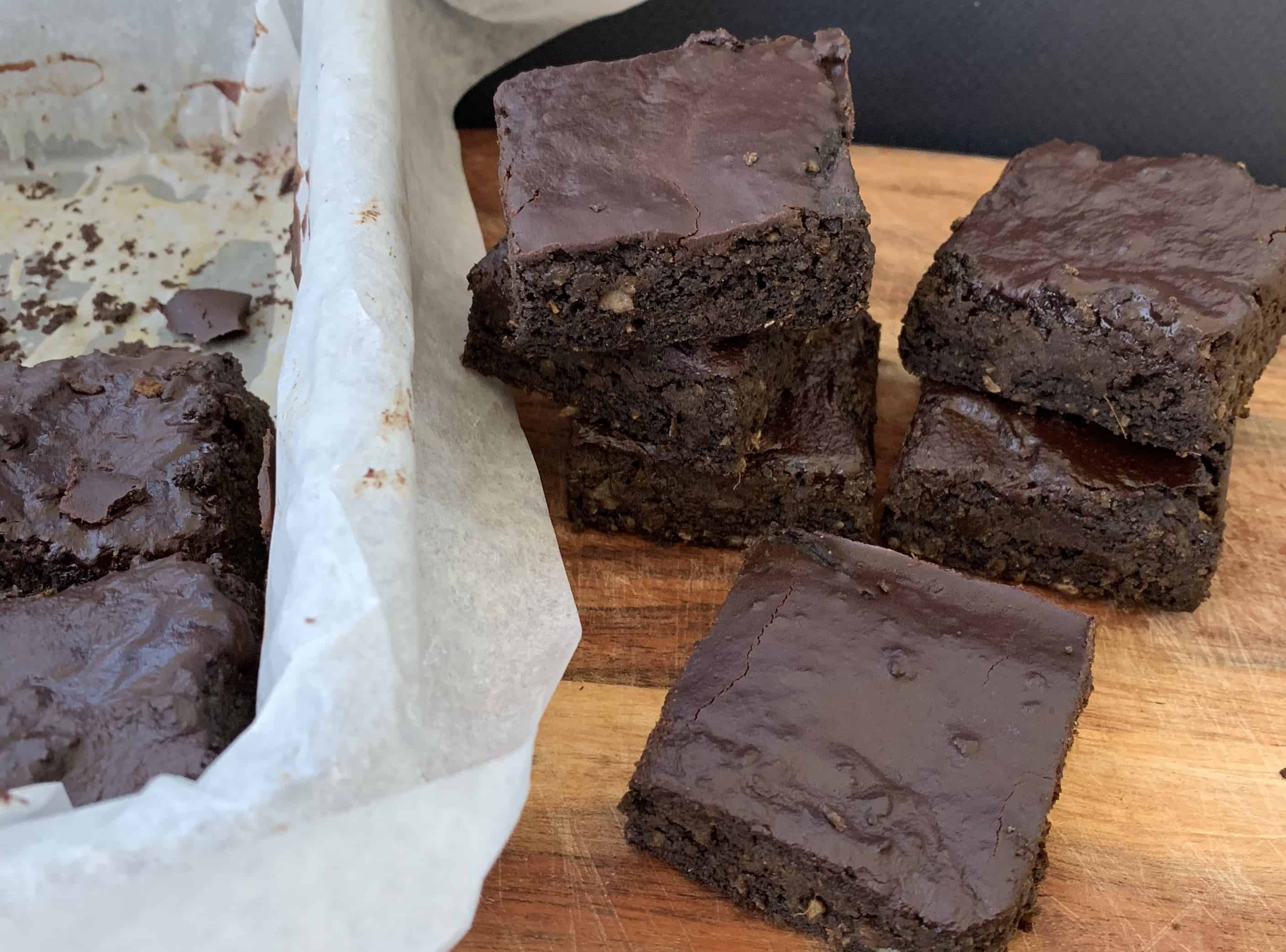
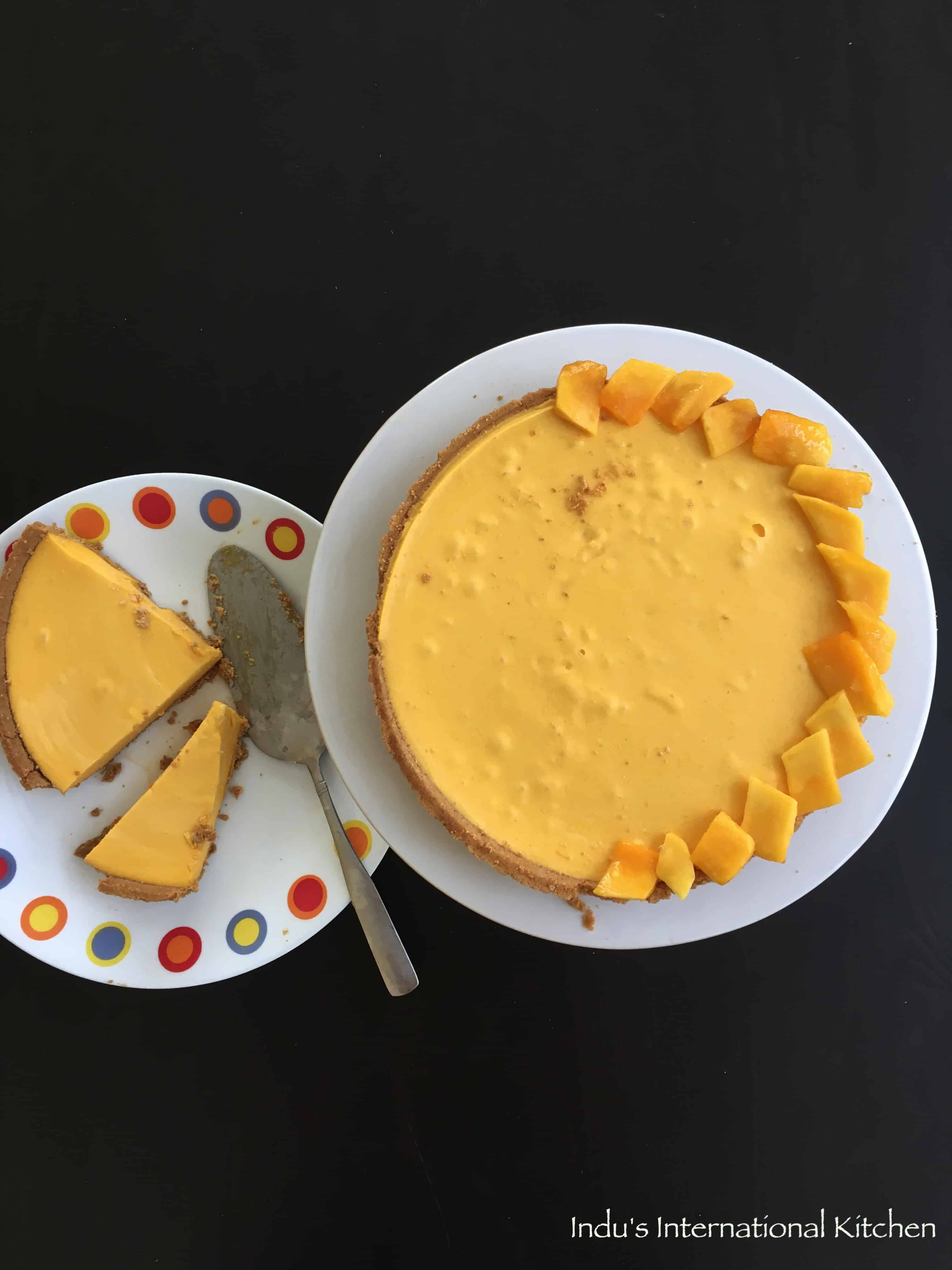
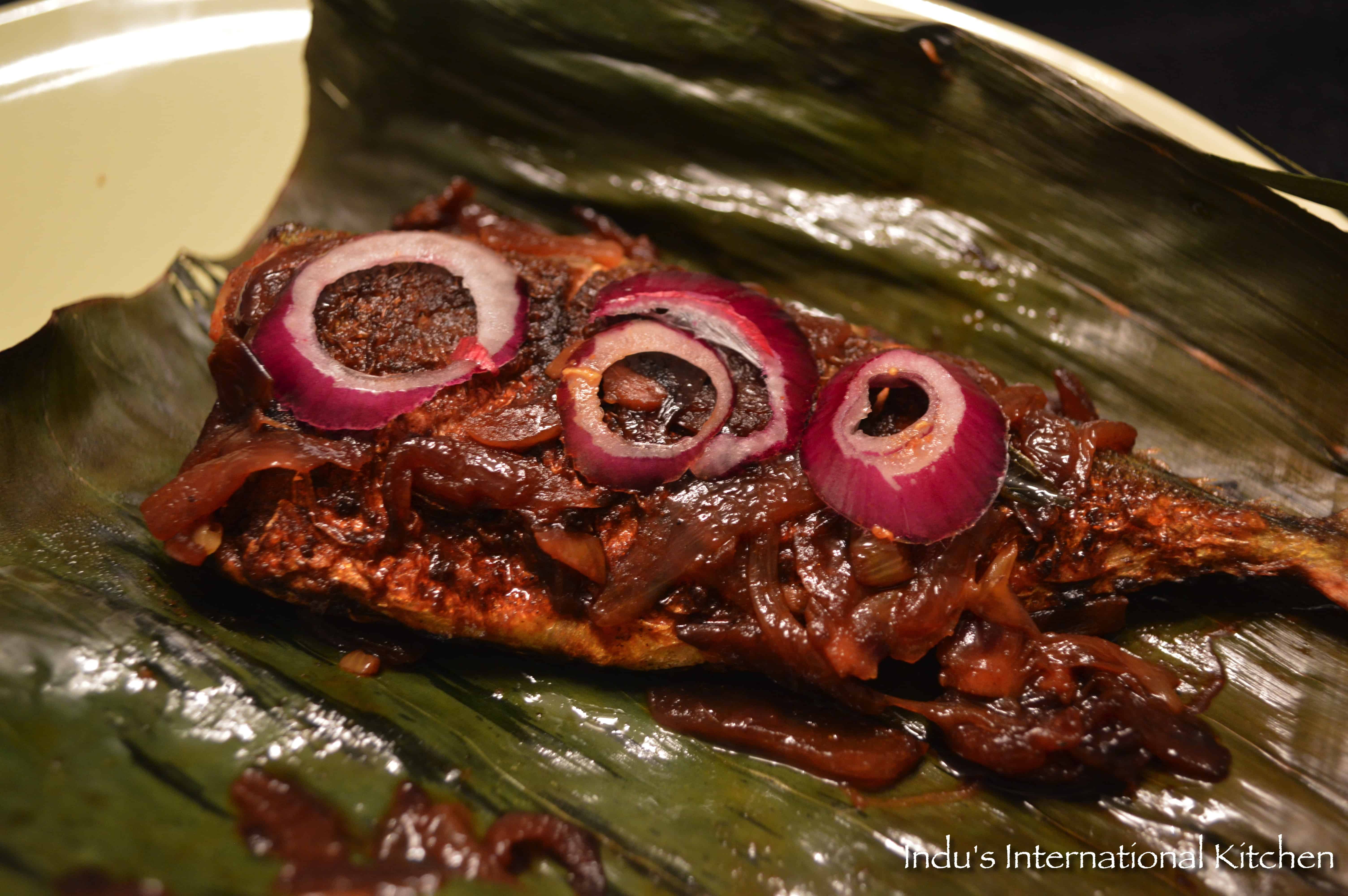


[…] Kumbalanga curry/Olan (Ash gourd in coconut milk) […]
This sounds delicious! Your simple comfort food doesn’t sound so simple though when the ingredients aren’t so common. I’ll have to search out the lime pickle.
Hi Liz , you can find fresh wintermelon in the produce section in any Indian/asian grocers/supermarket. And you can find lime pickle at Indian grocers too although those wont be as good as homemade. I hope you find them.
[…] bit hard and then the main flesh of the vegetable cooks pretty fast. I have posted recipe of Kumabalanga curry before which is kumbalanga cooked in coconut milk. This pachadi is very similar to that except […]
[…] Winter melon / Ash gourd coconut curry (Kumbalanga curry) […]
Looks wonderful !
thanks Annett. yes its really a simple curry but very yummy with plain rice! 🙂
Seems as if the recipes I look at are complicated with long list of ingredients. . . . I just wish I had a cook !